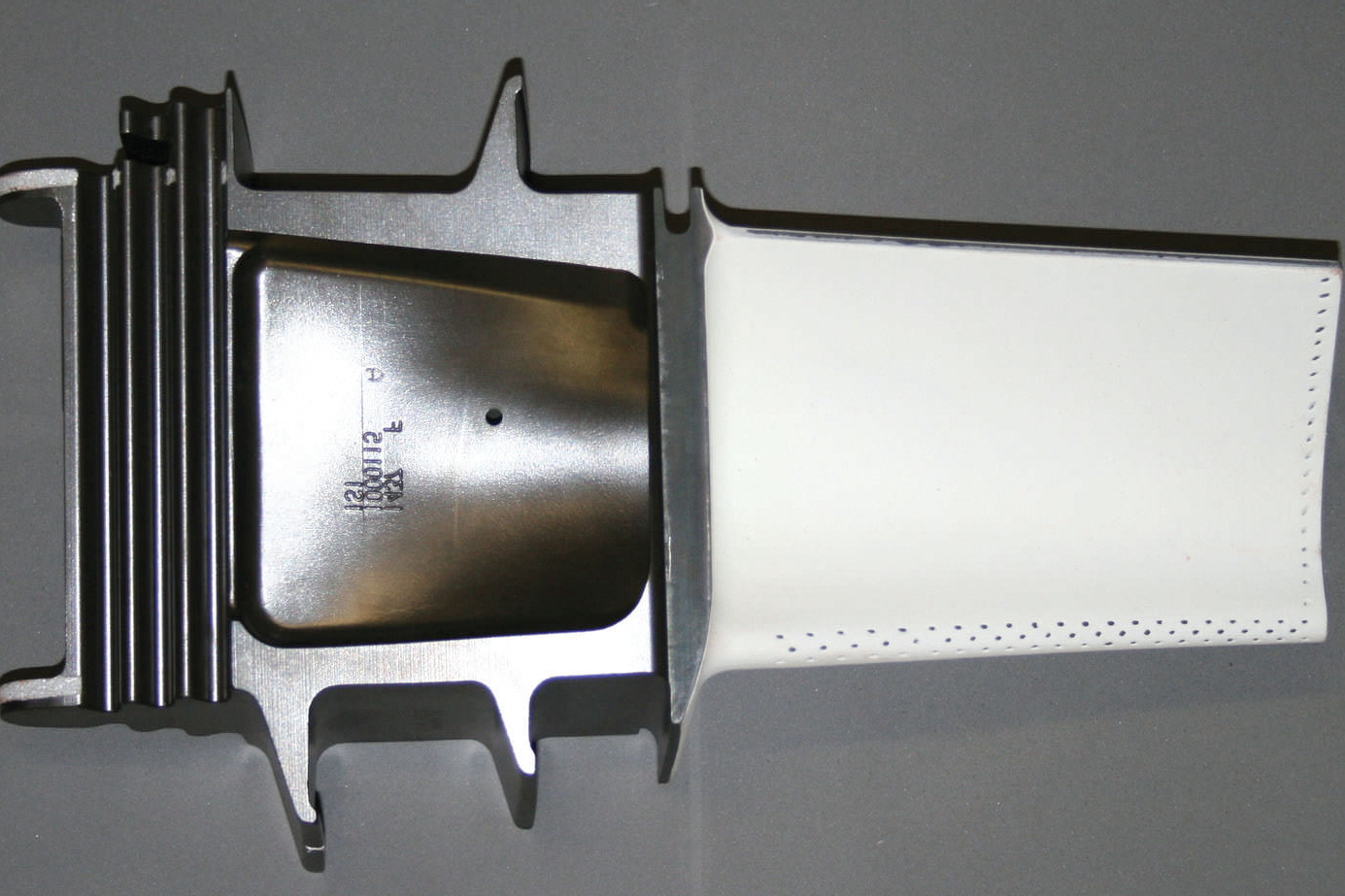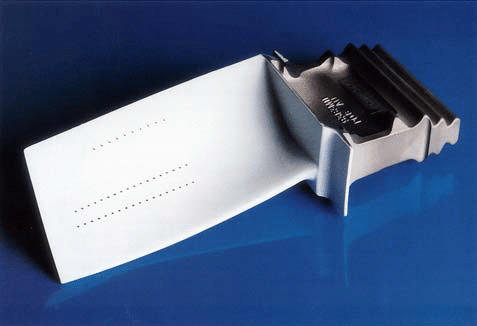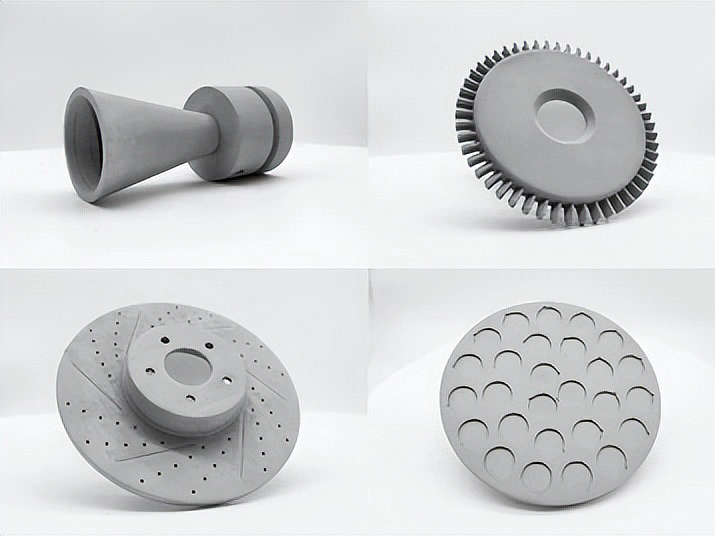How does ceramic 3D printing benefit industries like aerospace and medical?
How Does Ceramic 3D Printing Benefit Industries Like Aerospace and Medical?
Aerospace Industry Benefits
High-Temperature and Thermal Shock Resistance
Ceramic materials such as Zirconia (ZrO₂), Silicon Nitride (Si₃N₄), and Alumina (Al₂O₃) are capable of withstanding extreme temperatures (>1200°C) and rapid thermal cycling without degradation. This makes ceramic 3D printing ideal for fabricating aerospace heat shields, thermal barrier layers, and insulative components for engine compartments.
Lightweight Structural Components
Ceramics offer a high strength-to-weight ratio and excellent stiffness, which helps reduce the overall mass of aerospace systems. With ceramic 3D printing, components like UAV insulators, navigation sensor housings, and turbine nozzles can be optimized with lightweight lattice structures and complex geometries.
EMI Shielding and Electrical Insulation
Ceramic materials are naturally non-conductive and stable under extreme conditions, making them ideal for high-voltage isolation, EMI shielding, and electrical connectors in avionics and satellite systems.
Medical Industry Benefits
Biocompatibility and Bone Integration
Medical-grade ceramics such as Hydroxyapatite (HA) and Zirconia are bioinert, offering excellent compatibility with human tissue. Ceramic 3D printing enables the production of patient-specific implants (e.g., dental crowns, orthopedic spacers) with tailored porosity and geometry to promote osseointegration.
Customization and Precision
Additive manufacturing supports highly precise, patient-specific geometries based on CT or MRI data. Ceramic dental restorations, cranial plates, and spinal implants can be produced without the need for tooling, shortening delivery times for critical care procedures.
Resistance to Corrosion and Wear
Ceramic implants and surgical tools resist chemical degradation and abrasion, making them ideal for permanent implants and long-term exposure to body fluids. Materials like Alumina maintain structural integrity over decades of use.
Recommended Ceramic Materials by Application
Industry | Common Materials | Example Applications |
|---|---|---|
Aerospace | Zirconia, Silicon Nitride, Alumina | Heat shields, insulators, nozzles, sensor housings |
Medical | Zirconia, Hydroxyapatite, Alumina | Dental implants, bone scaffolds, orthopedic spacers |
Supporting Services from Neway
Ceramic 3D Printing: For precise, complex, and high-performance applications
Surface Treatment: Polishing and coating for biocompatibility and durability
Heat Treatment: For structural stability and crystallization control
Low-Volume Production: For customized, application-specific ceramic components



